The Eurasian lynx (Lynx lynx), is the largest of the European felines
Hunted to extinction in Switzerland in the early 1900s, then reintroduced 40 years ago, its population is stable there.
However, the lynx remains considered as an endangered species in central Europe.
Conflicts with humans arise mainly when felines sometimes attack goats or sheep, so that some lynx are poached.
According to the KORA (Center for Carnivore Ecology and Wildlife Management), deer and chamois represent 88% of the lynx’s diet.
The hunting community considers the lynx as a competitor that reduces game populations.
“An adult individual needs about a deer or a chamois a week or, in other words, 50 to 60 animals a year,” says KORA.
Lynxes are protected by the Berne Convention – a European treaty that preserves wildlife.
Despite this, in the canton of Valais, there is a movement to eliminate predators from the region, especially wolves.
Parliament is also discussing a revision of the law regarding hunting that would regulate certain protected species and kill them for preventive purposes.
It is for this reason, among other things, that I invite you to vote NO to the unacceptable revision of the Hunting Act, during the federal vote on September 27, 2020.
https://www.gruppe-wolf.ch/fr/Actuel/NON-a-la-revision-inacceptable-de-la-Loi-sur-la-chasse.htm
https://www.wwf.ch/fr/stories/une-loi-inacceptable-referendum
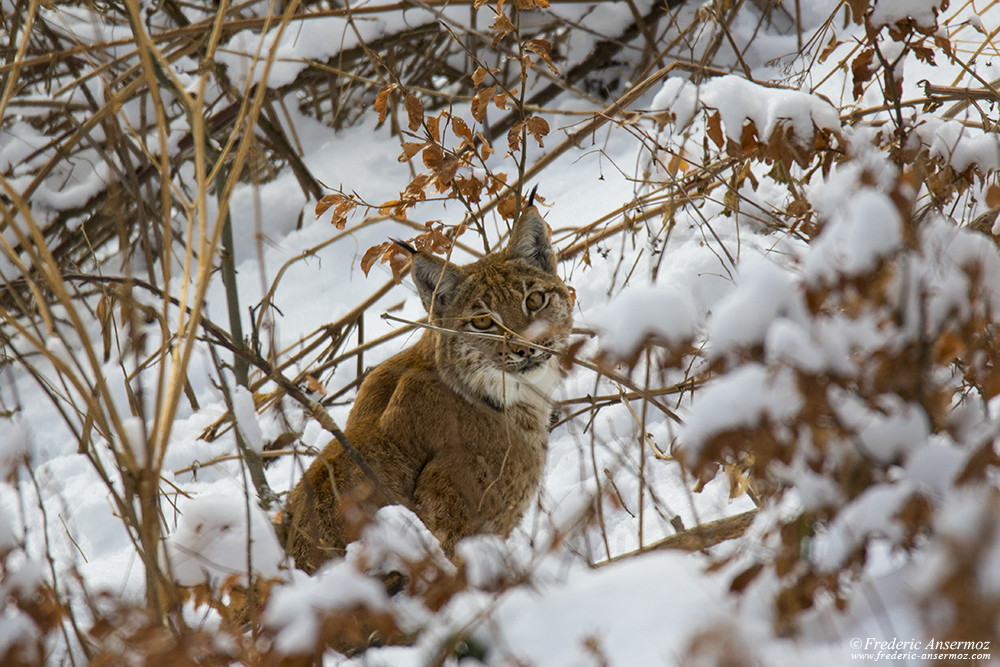
F6.3, 1/1250 sec, 600 mm, ISO400, Canon EOS 7D Mark II
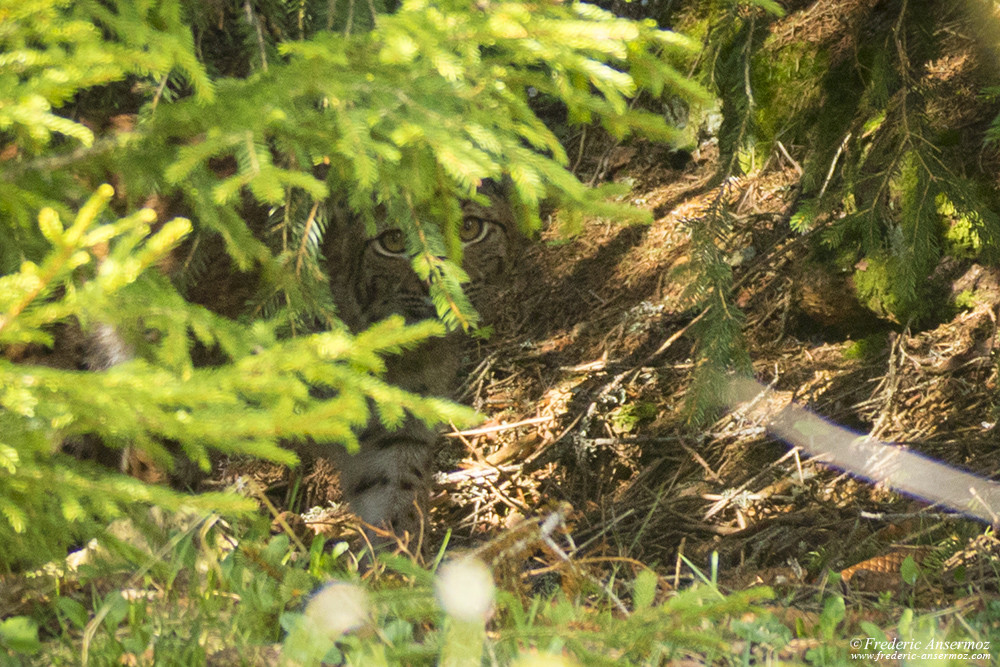
F5.6, 1/250 sec, 200 mm, ISO800, Canon EOS 7D Mark II
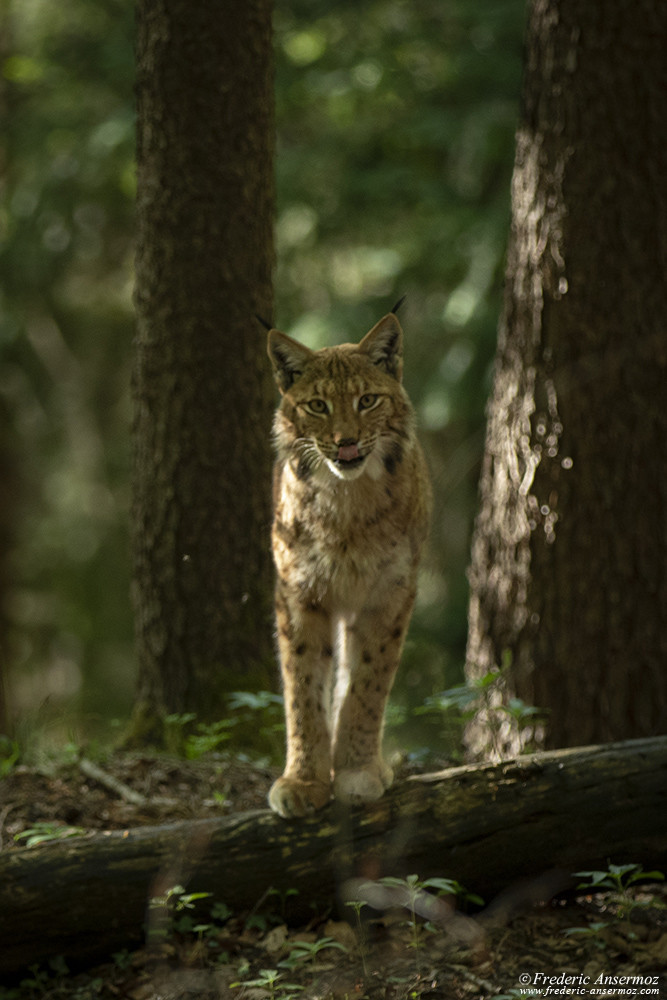
F2.8, 1/160 sec, 200 mm, ISO640, Canon EOS 7D Mark II
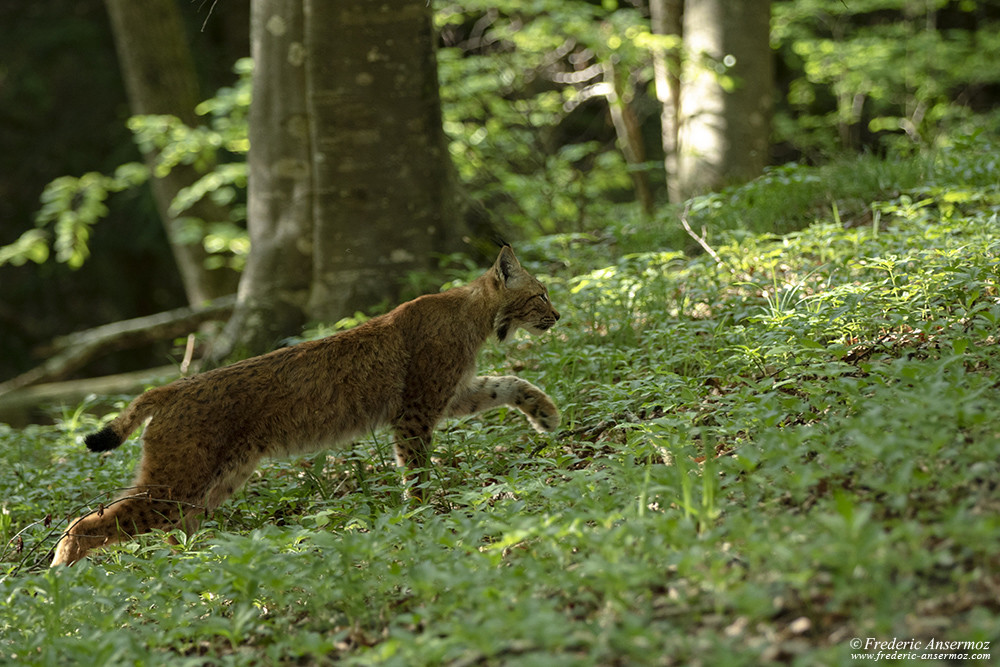
F2.8, 1/250 sec, 150 mm, ISO640, Canon EOS 7D Mark II
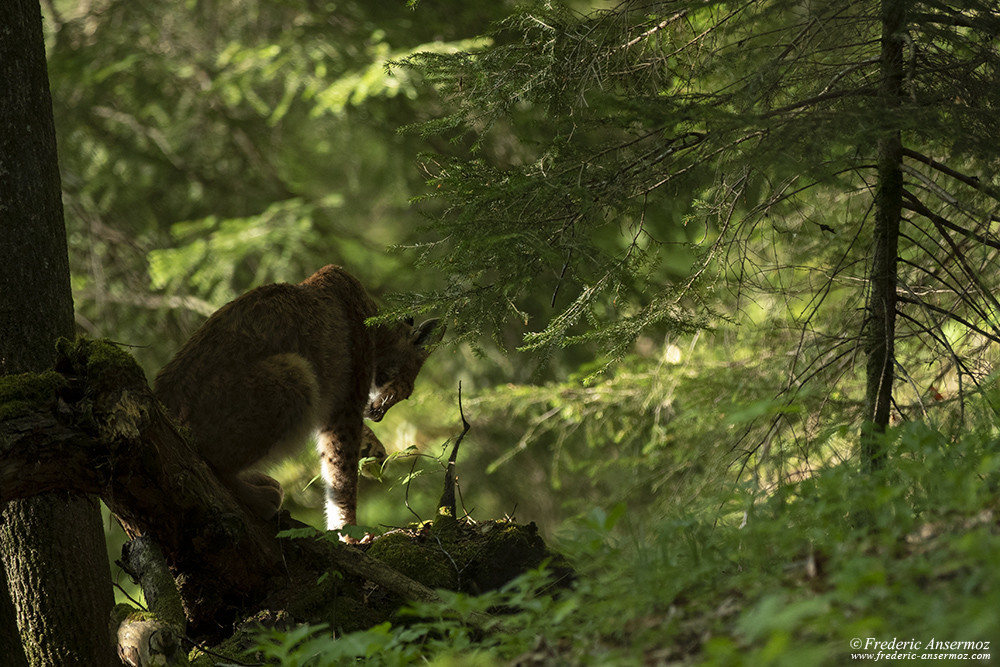
F2.8, 1/320 sec, 200 mm, ISO800, Canon EOS 7D Mark II
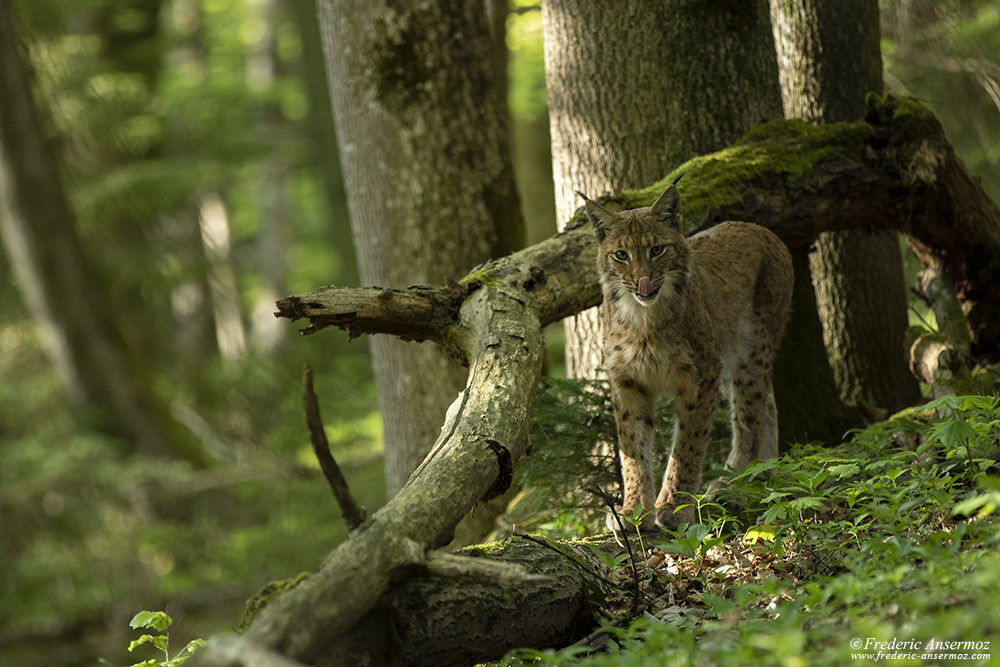
F2.8, 1/200 sec, 200 mm, ISO800, Canon EOS 7D Mark II
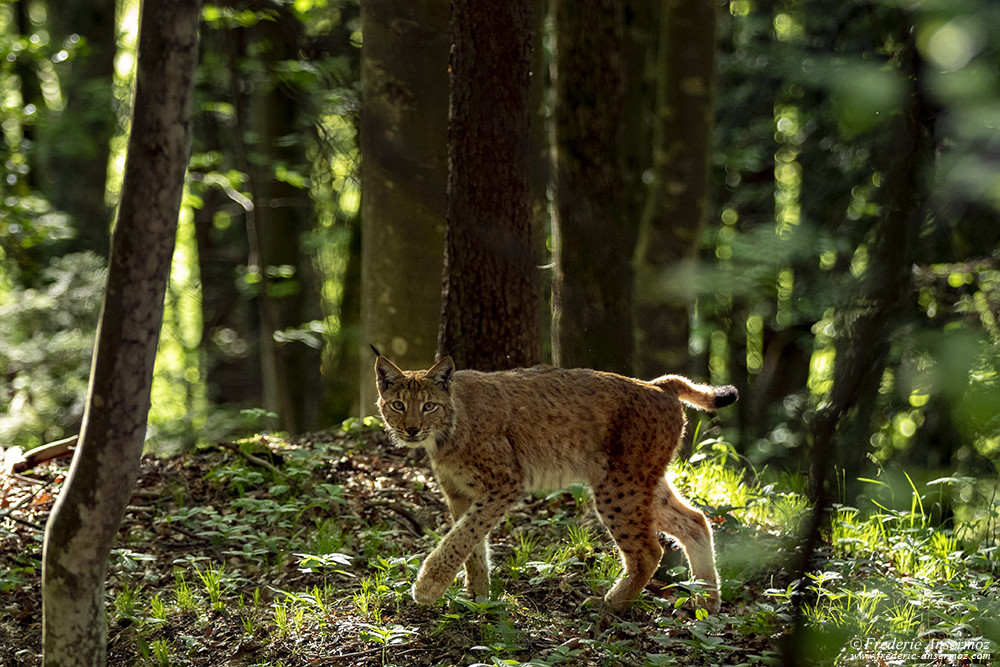
F2.8, 1/320 sec, 130 mm, ISO640, Canon EOS 7D Mark II
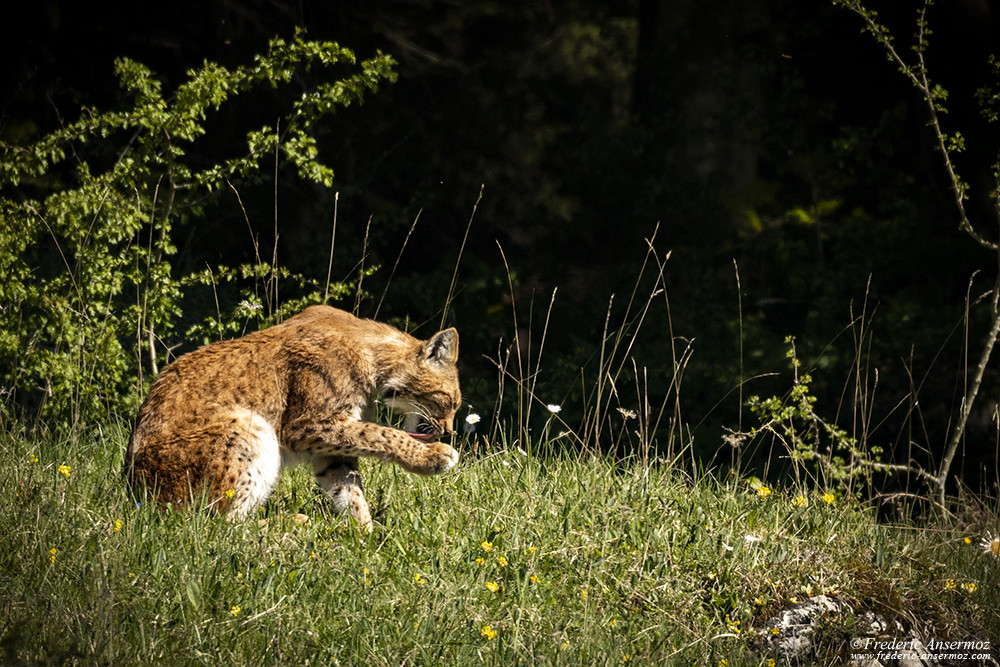
F8, 1/320 sec, 600 mm, ISO250, Canon EOS 90D
In 1962, Switzerland granted the lynx a protected status in the hunting law.
In 1967, the Federal Council approved the reintroduction of the lynx.
The reintroduction of the lynx in Switzerland began in 1971, with lynxes originating from the Carpathians.
Switzerland today has two geographically separate lynx populations: that of the Jura and that of the Alps.
There are 300 lynx (young included): around 100 in the Jura, and around 200 individuals in the Pre-Alps and the Alps.
But you should know that 50% of lynx die before the age of one year, and therefore that the total lynx population in Switzerland would rather be around 200 individuals.
Meeting a lynx in its environment is something rare, and I have had the privilege of being able to meet it 3 times so far.
The last meeting to date was incredible. Several interminable minutes a few meters from the lynx.
Because I stayed more calm, discreet and camouflaged than the first two times, he could have felt confident, even to the point of grooming himself right in front of me.
He went away quietly, and I did not follow him. Let him continue his quest peacefully.
I am very happy of course to have taken my most beautiful pictures of lynx so far, during this encounter, but I am even more so because of having photographed it without stressing or disturbing it.
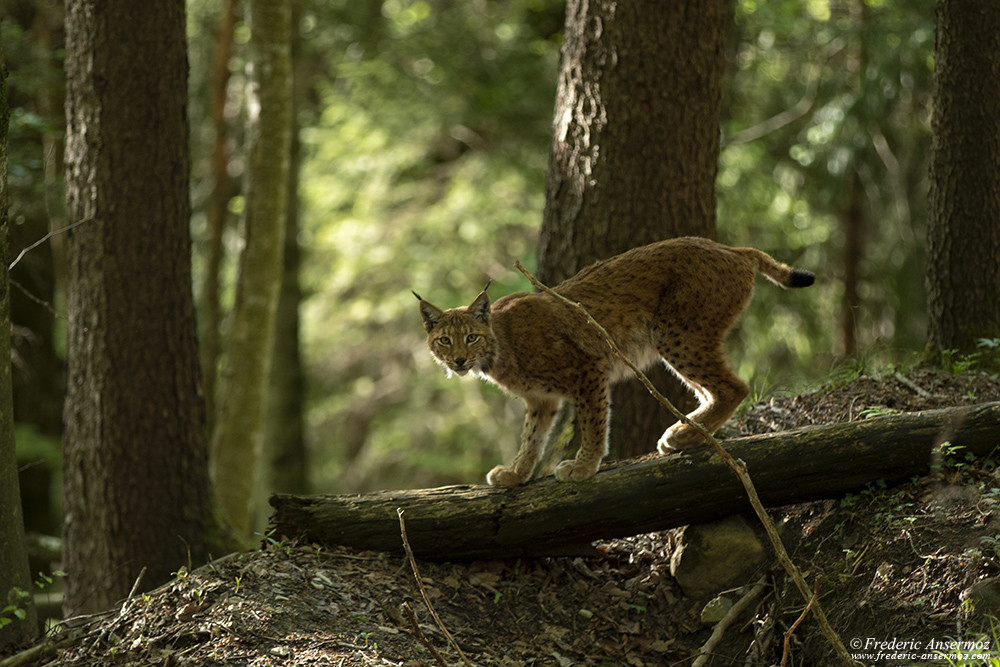
F2.8, 1/160 sec, 200 mm, ISO640, Canon EOS 7D Mark II
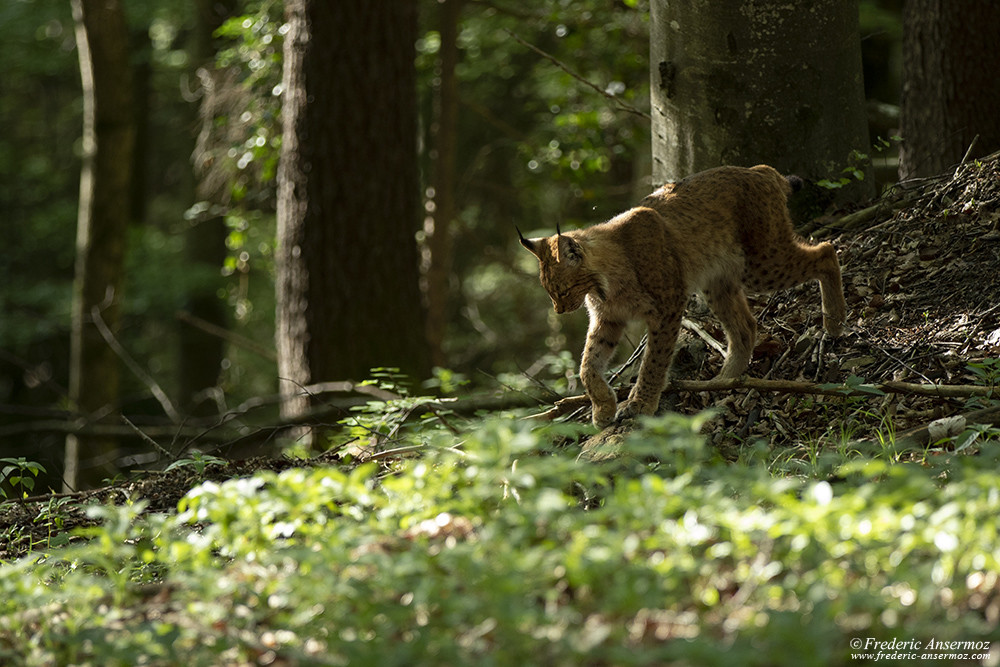
F2.8, 1/320 sec, 180 mm, ISO640, Canon EOS 7D Mark II
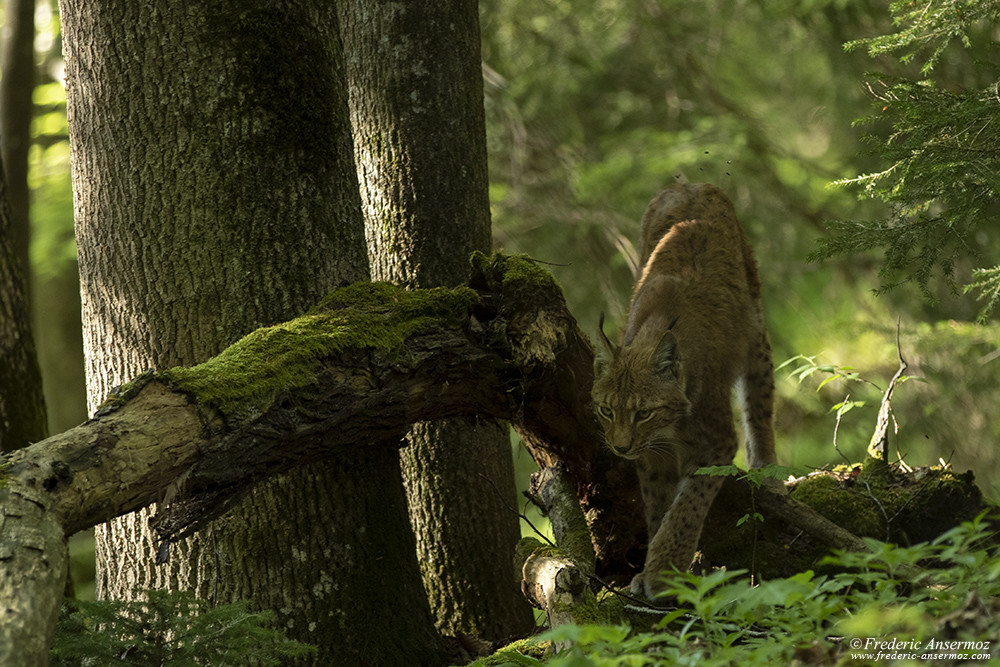
F2.8, 1/200 sec, 200 mm, ISO800, Canon EOS 7D Mark II
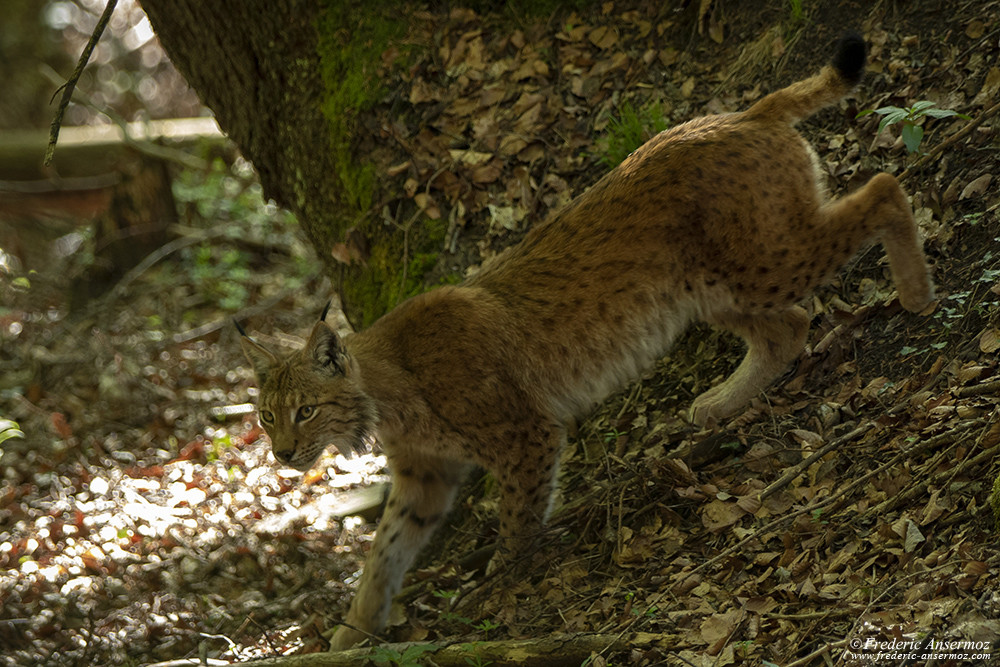
F2.8, 1/130 sec, 168 mm, ISO640, Canon EOS 7D Mark II
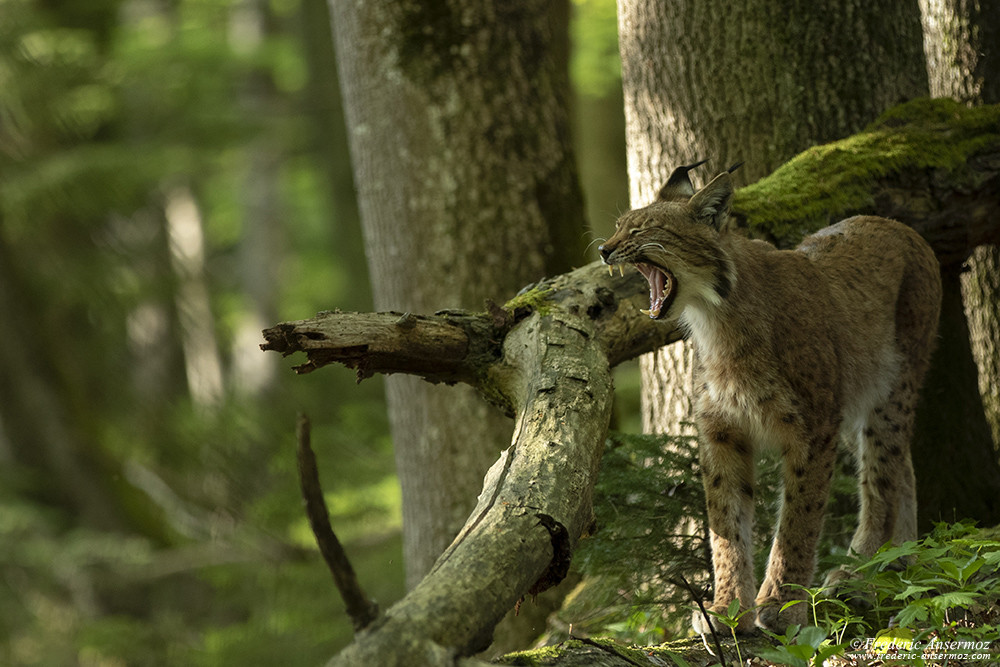
F2.8, 1/200 sec, 200 mm, ISO800, Canon EOS 7D Mark II
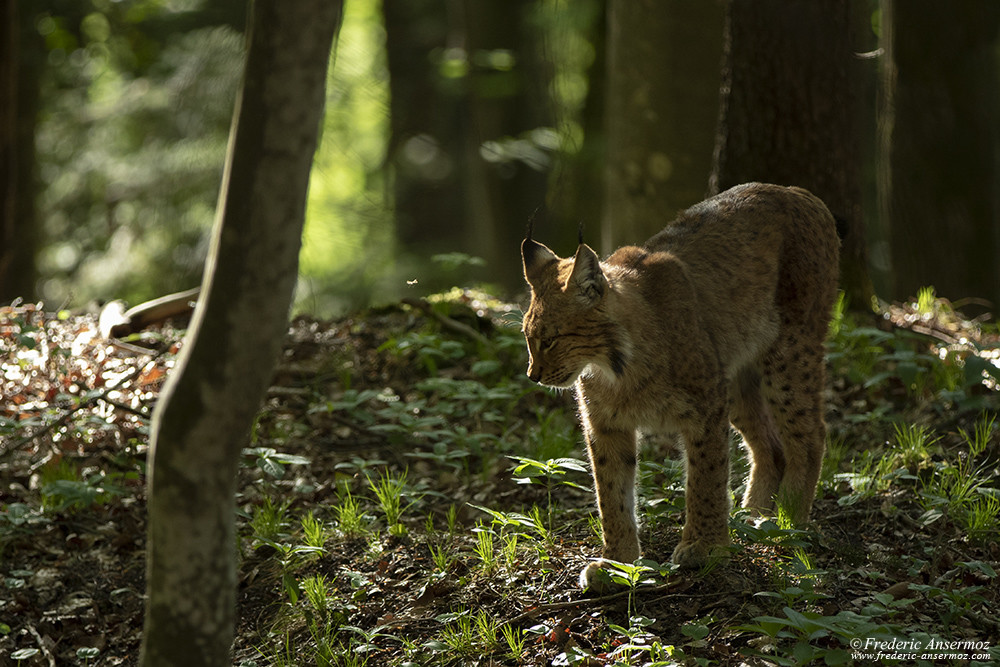
F2.8, 1/400 sec, 200 mm, ISO640, Canon EOS 7D Mark II
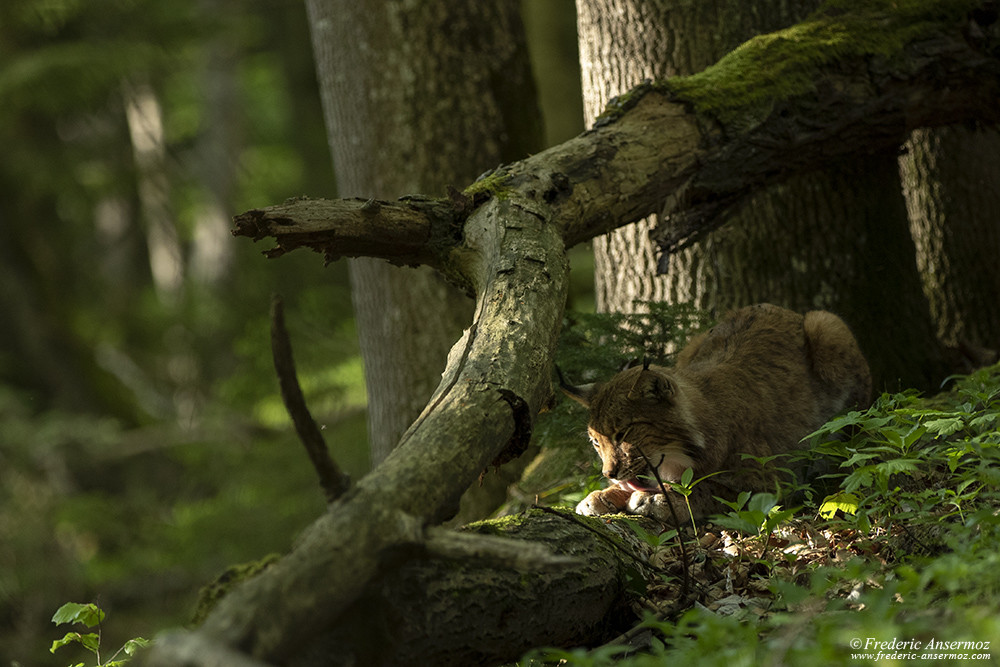
F2.8, 1/320 sec, 200 mm, ISO800, Canon EOS 7D Mark II
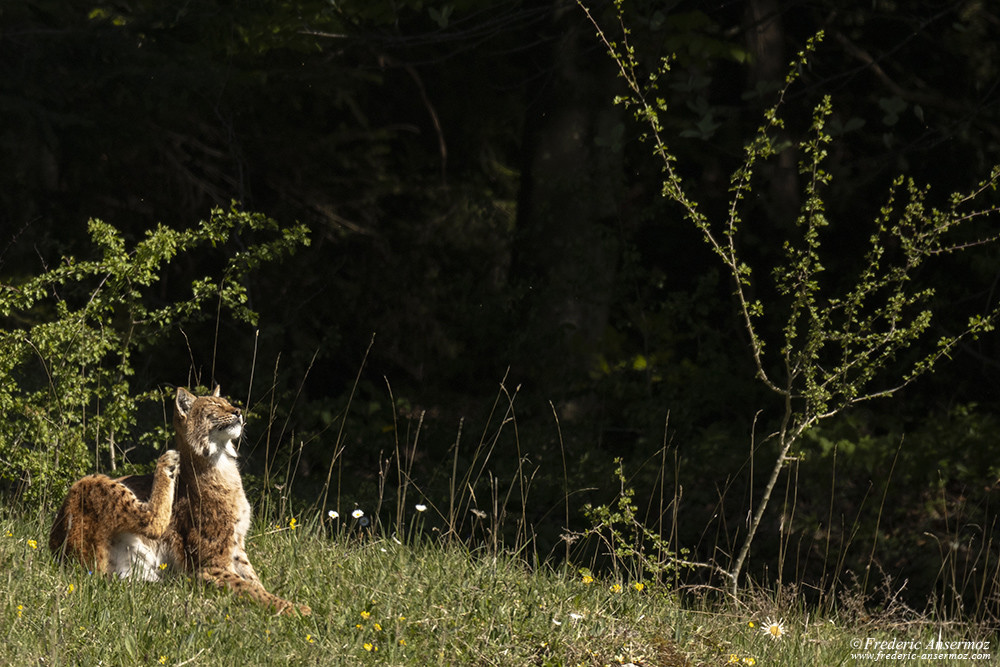
F8, 1/400 sec, 600 mm, ISO250, Canon EOS 90D
My approaches to the animals are done as respectfully as possible (even if being in the forest at the same time as them, represents a certain inconvenience). It can even happen, when I’m too close, to not take any pictures to not scare the animals away.
They are already quite tired of their activities, and often of their hunting.
Be sure to make your observations as discreetly as possible (camouflage, remotely if you are a beginner, etc.)
Take good photos and have good observations!
Encounter with the swiss lynx
